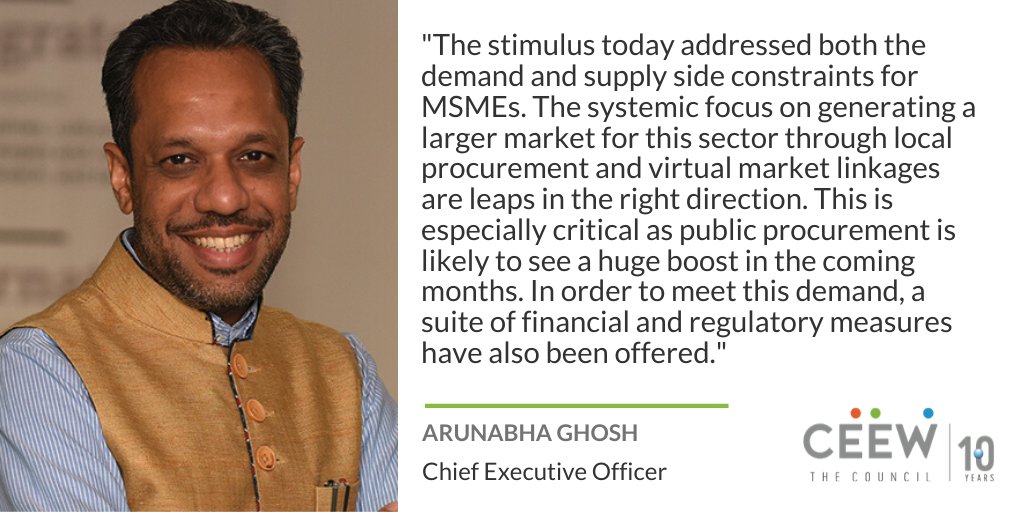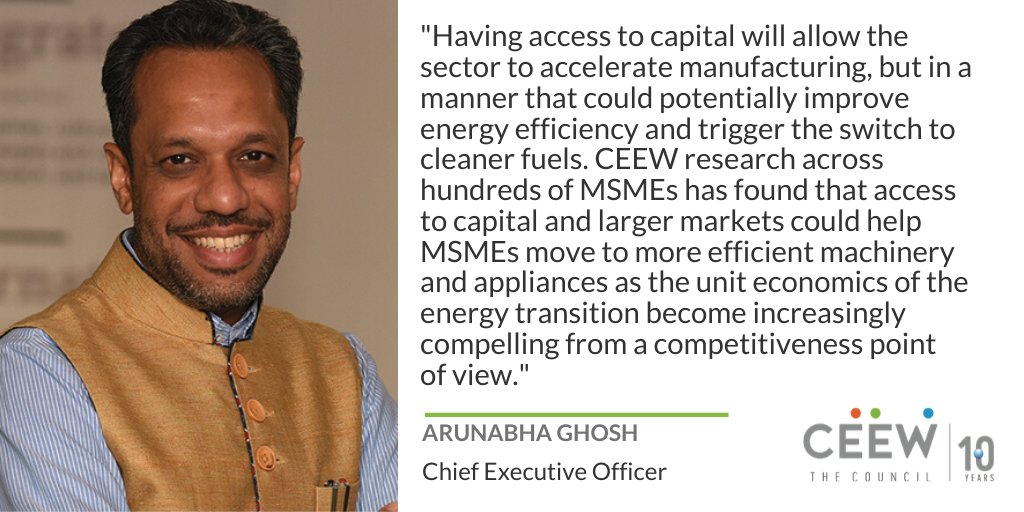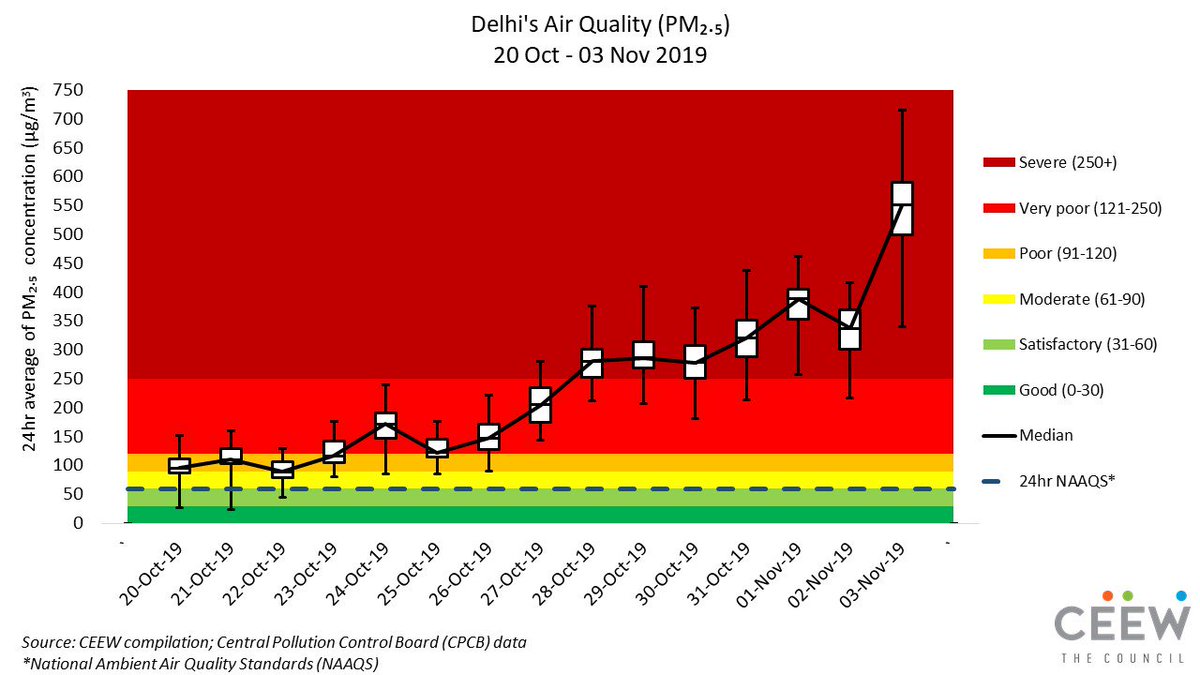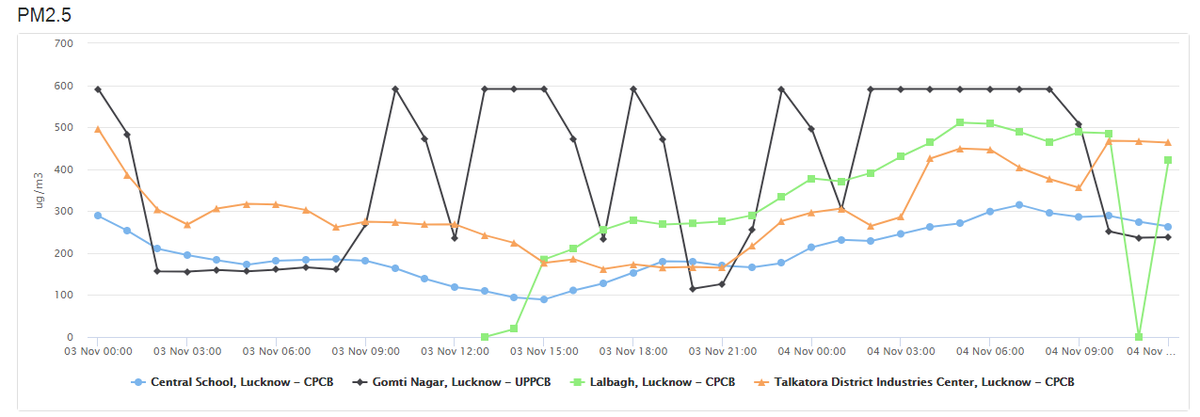
#Thread
Did developed countries meet the pre-2020 #climateaction commitments?
Our new study found that
➡️Major developed countries — including all G7 countries — cut #emissions by just 3.7%
➡️ Developed countries collectively consumed 25 GtCO2eq additional #carbon space
More👇
Did developed countries meet the pre-2020 #climateaction commitments?
Our new study found that
➡️Major developed countries — including all G7 countries — cut #emissions by just 3.7%
➡️ Developed countries collectively consumed 25 GtCO2eq additional #carbon space
More👇
Why is the pre-2020 era significant?
All countries must now significantly raise #climate ambitions to limit warming to 1.5°C. But, given the principle of equity & common but differentiated responsibilities, the onus of reducing #emissions lay on #developed countries pre-2020.
All countries must now significantly raise #climate ambitions to limit warming to 1.5°C. But, given the principle of equity & common but differentiated responsibilities, the onus of reducing #emissions lay on #developed countries pre-2020.
To analyse the performance of developed countries, we developed a 1st-of-its-kind Pre-2020 #ClimateAction Ranking. We ranked the countries on their-
✅sincerity- seriousness to take #climateaction
✅action- overall #mitigation performance
📖press release: bit.ly/377zrlm
✅sincerity- seriousness to take #climateaction
✅action- overall #mitigation performance
📖press release: bit.ly/377zrlm

European countries like Sweden🇸🇪 , the UK🇬🇧 , Belgium🇧🇪 & Denmark🇩🇰 topped the ranking.
Meanwhile, other major economies like theUS🇺🇸, Canada🇨🇦 Australia🇦🇺, & Russia🇷🇺 featured near the bottom of the rankings.
But why?
Meanwhile, other major economies like theUS🇺🇸, Canada🇨🇦 Australia🇦🇺, & Russia🇷🇺 featured near the bottom of the rankings.
But why?

Major economies like the US🇺🇸, Canada🇨🇦 & Japan🇯🇵 sat out of either one or both key commitment periods in the pre-2020 climate regime: the Kyoto Protocol (2008-12) and the Doha Amendment to the Kyoto Protocol (2012-20). 

🇺🇸US' non-participation in both commitment periods led to the withdrawal of other developed countries from these critical agreements. Emissions🏭 from non-participating nations accounted for 47% of #emissions from all #developed countries b/w 2008-12. This ⬆️ to 71% b/w 2013-20! 

Meanwhile, many participating countries took undue advantage of accounting provisions to carve out additional carbon space for themselves. For instance, Australia🇦🇺 gained additional #carbon space of 24% by including #deforestation emissions in the base year!
Why is all this significant for post-2020 #climateaction?
1️⃣ Limited #carbon space available
2️⃣ Enhanced action is required from all countries due to additional #carbon space consumed by #developed countries.
3️⃣ Developing countries need carbon space to raise standard of living
1️⃣ Limited #carbon space available
2️⃣ Enhanced action is required from all countries due to additional #carbon space consumed by #developed countries.
3️⃣ Developing countries need carbon space to raise standard of living

We recommend:
➡️distributing the burden of the gaps emerging from the pre-2020 period among the #developed countries
➡️strengthening the existing accounting and compliance mechanism
➡️restricting easy exits from #climate agreements
➡️distributing the burden of the gaps emerging from the pre-2020 period among the #developed countries
➡️strengthening the existing accounting and compliance mechanism
➡️restricting easy exits from #climate agreements

📖“Unpacking Pre-2020 Climate Commitments: Who Delivered, How Much, and How will the Gaps be Addressed” & explore the interactive data 👇
🔗bit.ly/3ycpejw
@ShaktiFdn @sumitprd @shikha_bhasin
🔗bit.ly/3ycpejw
@ShaktiFdn @sumitprd @shikha_bhasin

• • •
Missing some Tweet in this thread? You can try to
force a refresh

















